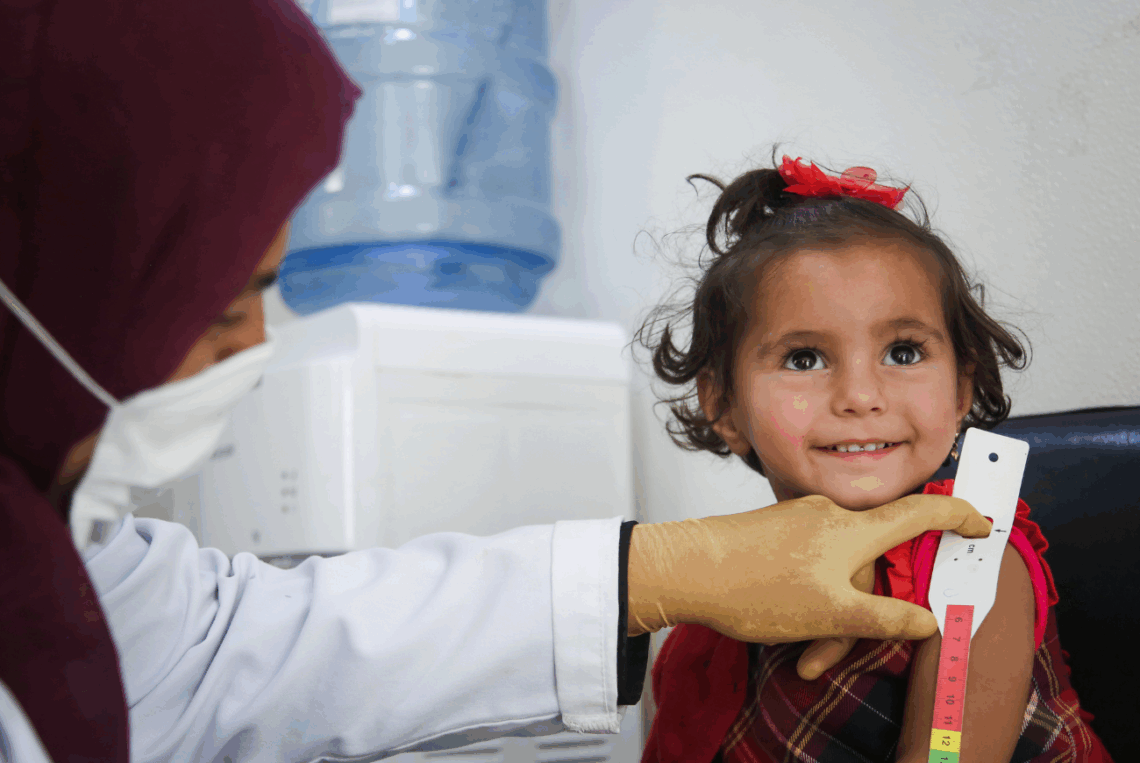
What Is Type 5 Diabetes? Exploring the Newest Diagnostic Category
If you’ve seen a new diabetes diagnosis category circulating in medical circles and found yourself confused, thinking, “I don’t remember learning about that type in medical, nursing, or dietetics school,” don’t worry. It’s not necessarily a brand-new form of diabetes, but rather a reclassification of an existing phenotype, now described with clearer criteria and greater focus on its underlying causes.
Malnutrition-related diabetes, now referred to as Type 5 Diabetes, was recently recognized by the International Diabetes Federation (IDF). Let’s explore what this new classification means and how it may impact your practice.
What is Type 5 Diabetes?
Type 5 diabetes is a newly recognized classification of diabetes linked to malnutrition experienced during childhood and early adulthood. It is most prevalent in developing nations, particularly in certain regions of Africa and Asia, and is estimated to affect between 20–25 million people worldwide.
Its official recognition highlights the evolving understanding of how diabetes can develop in lean and malnourished individuals.
Tracing the Origins of Type 5 Diabetes
Type 5 diabetes was first described in Jamaica in 1955 in individuals who presented with elevated blood glucose levels and high insulin needs, yet did not exhibit signs of ketosis or ketoacidosis, which are features typically seen in new-onset type 1 diabetes.
Although it was briefly classified as a distinct type by the World Health Organization in 1985, the category was dropped in 1999 due to insufficient evidence.
Renewed interest emerged in 2005 when Dr. Meredith Hawkins encountered the condition in global health work and later founded Einstein’s Global Diabetes Institute to study it. Her team’s research revealed that individuals with this form of diabetes have severely impaired insulin secretion—rather than insulin resistance—redefining understanding and treatment of the disease.
How is Type 5 Diabetes Diagnosed?
Type 5 diabetes is diagnosed based on a combination of clinical history, metabolic profile, and exclusion of other diabetes types. It typically presents in individuals who experienced early-life malnutrition and exhibit high blood glucose levels with a marked insulin requirement, yet without ketosis or significant insulin resistance.
Patients are often lean, with low endogenous insulin secretion and minimal adiposity. Autoimmune markers (ie. GAD, IA2) are negative, and features of monogenic diabetes or pancreatogenic diabetes are absent.
Diagnosis is usually supported by clinical context, particularly in regions where childhood malnutrition is prevalent.
How Is Type 5 Diabetes Treated?
While there are no formal treatment guidelines yet for Type 5 diabetes, early research suggests that a combination of very low-dose insulin with select oral agents may be most effective. It is crucial to distinguish Type 5 from Type 1 diabetes, as standard weight-based insulin dosing can be dangerous and even fatal for these patients.
Addressing Educational Gaps
Dr. Hawkins emphasizes the need for nutrition strategies tailored to this population, likely involving higher protein intake, reduced carbohydrate consumption, and targeted repletion of micronutrient deficiencies.
Without additional research, it is challenging to recommend specific education and counseling strategies. Since this form of diabetes is rarely encountered in developed nations, academic research and training for Western clinicians remain limited.
Key Takeaways
The recognition of Type 5 diabetes marks an important shift in how diabetes is understood and classified in lean, malnourished individuals, particularly in low- and middle-income countries.
Although formal guidelines are lacking, early evidence suggests this form of diabetes involves impaired insulin secretion rather than insulin resistance, requiring cautious insulin use and potentially unique nutritional support.
As awareness grows, so does the need for research, clinical education, and tailored care strategies to better serve this long-overlooked population.
- IDF launches new type 5 diabetes working group. International Diabetes Federation. https://idf.org/news/new-type-5-diabetes-working-group/. Accessed May 9, 2025.
- Malnutrition-related diabetes officially named ‘type 5.’ Medscape. https://www.medscape.com/viewarticle/malnutrition-related-diabetes-officially-named-type-5-2025a10008pd. Accessed May 9, 2025.
- Type 5 diabetes: the newly recognized form of diabetes. April 2025. https://estevepharma.com/type-5-diabetes/. Accessed May 9, 2025.

You May Also Like

Blood Sugar Supplements: Backed by Science or Driven by Hype?
January 14, 2025
Debunk the Junk: The “Keto” Diet
March 15, 2019
